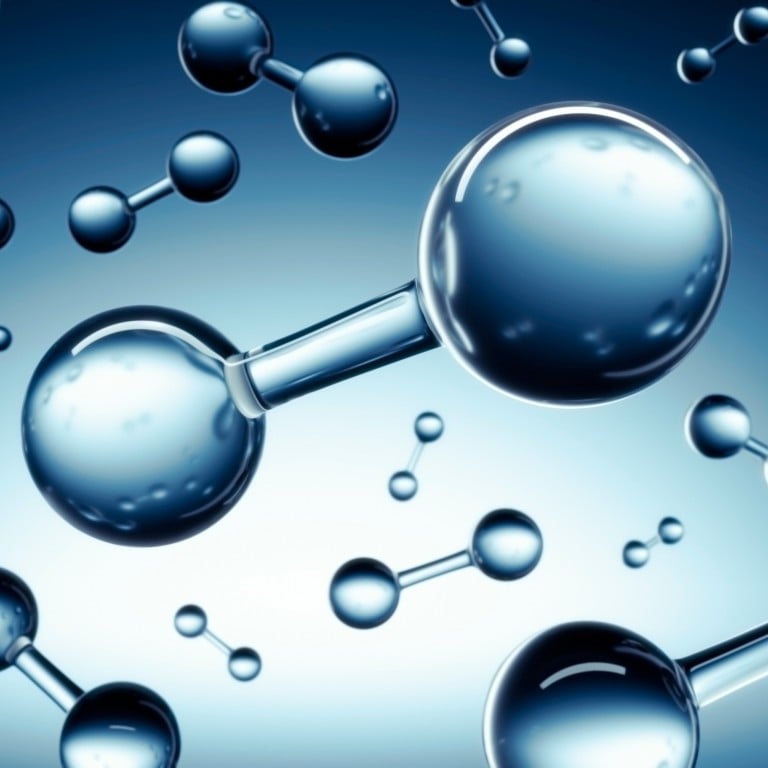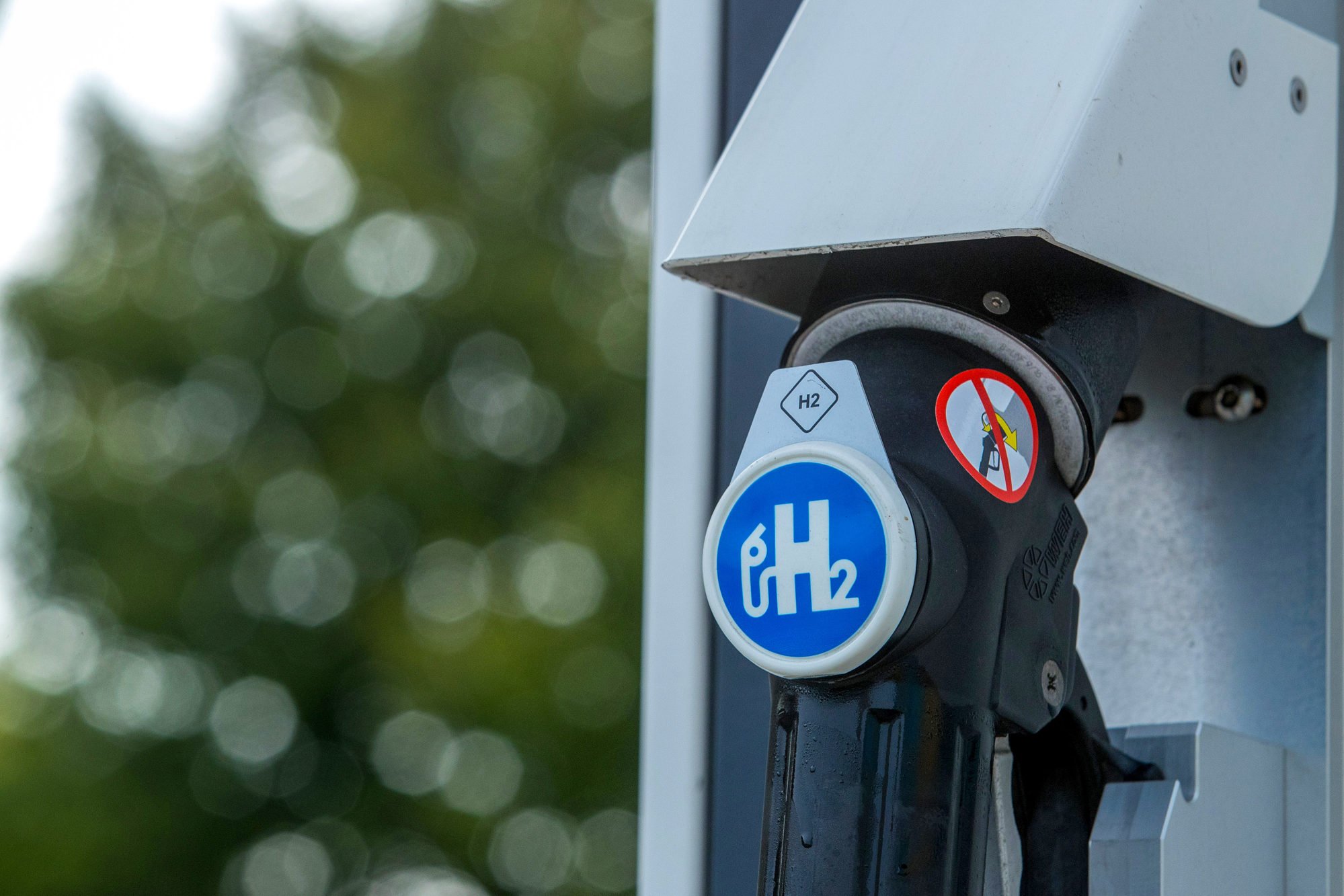
Hydrogen fuel from the ocean? Scientists say they’ve found a way to do it
- International team introduced an acid layer over catalysts to directly electrolyse seawater to produce the renewable energy
- Existing technologies need high-purity water to create hydrogen, so the researchers looked to ‘an almost infinite resource’
They said that by introducing an acid layer over the catalysts, water from the Earth’s largest reservoir – the ocean – could be used to create hydrogen fuel.
The researchers from Tianjin University and Nankai University in China, the University of Adelaide in Australia and Kent State University in the United States published their findings in the peer-reviewed journal Nature Energy on Tuesday.
“Direct seawater electrolysis without the purification process and chemical additives is highly attractive and has been investigated for about 40 years, but the key challenges of this technology remain in both catalyst engineering and device design,” they wrote.
“In this work, we demonstrate direct electrolysis of seawater that has not been alkalised nor acidified and has only been filtered to remove solids and microorganisms.”
Hydrogen is regarded as the ultimate, non-polluting fuel and energy-storage medium of the future. To produce hydrogen, water is split into oxygen and hydrogen using electricity in a process called electrolysis.
According to the International Energy Agency, hydrogen demand stood at 94 million tonnes in 2021, representing about 2.5 per cent of global energy consumption. China was the world’s largest consumer of hydrogen that year, followed by the US and the Middle East.
Energy storage: what you need to know about China’s plans for wind, solar power
Existing technologies require water of high purity – especially fresh water – because poor water quality can poison the noble catalysts, resulting in the failure of the electrolyser stack, the scientists wrote in the paper.
But using vast amounts of fresh water to produce hydrogen could worsen water shortages so they looked to the ocean, which has nearly 97 per cent of the Earth’s water and is “an almost infinite resource”.
However, splitting seawater is not easy because it contains high concentrations of harmful chlorine ions, which can reduce the electrolysis efficiency and severely erode the catalysts, they said.
Seawater also contains unwanted positively charged ions, such as magnesium and calcium ions, which form huge solids that are insoluble and can block the electrode, they added.

To overcome these challenges, the team said they introduced an acid layer on the catalyst surface to split water and capture a large amount of negatively charged hydroxyl ions surrounding the catalysts.
They found that, thanks to the hydroxyl anions – which create a strongly alkaline environment of pH 14 – the chlorine production on the catalyst surface was inhibited, and the formation of solids was also reduced.
For the study, the scientists used natural seawater collected from the surface of the Yellow Sea in northeastern China and filtered it to remove solids and microbes before the tests.
Author Ling Tao, a professor at Tianjin University’s School of Materials Science and Engineering, said the new technology was compatible with existing electrolysers that currently use fresh water.
“It lowers the requirement for water purity for proton exchange membrane electrolysers, which were developed in Europe to separate produced hydrogen from oxygen in water that reaches medical standard,” Ling said.
World near ‘tipping point’ in deploying green tech in power generation
She also said the method had potential applications using other types of water including tap water, natural fresh water and deionised water, as well as other aspects of chemistry such as photocatalysis.
That involves the use of a catalyst to accelerate chemical reactions by absorbing light particles which can be used to store energy, purify the air and treat waste water.
Qiao Shizhang, another study author and a professor at the University of Adelaide’s School of Chemical Engineering, said the new method had the potential to be used in countries with long coastlines including Australia and China.
“Our work supports the development of the hydrogen economy,” he said, referring to the vision of having hydrogen power produced using renewable electricity as a green energy source.
“The next step will be to look for an industrial partner to bring the technology to the market.”

